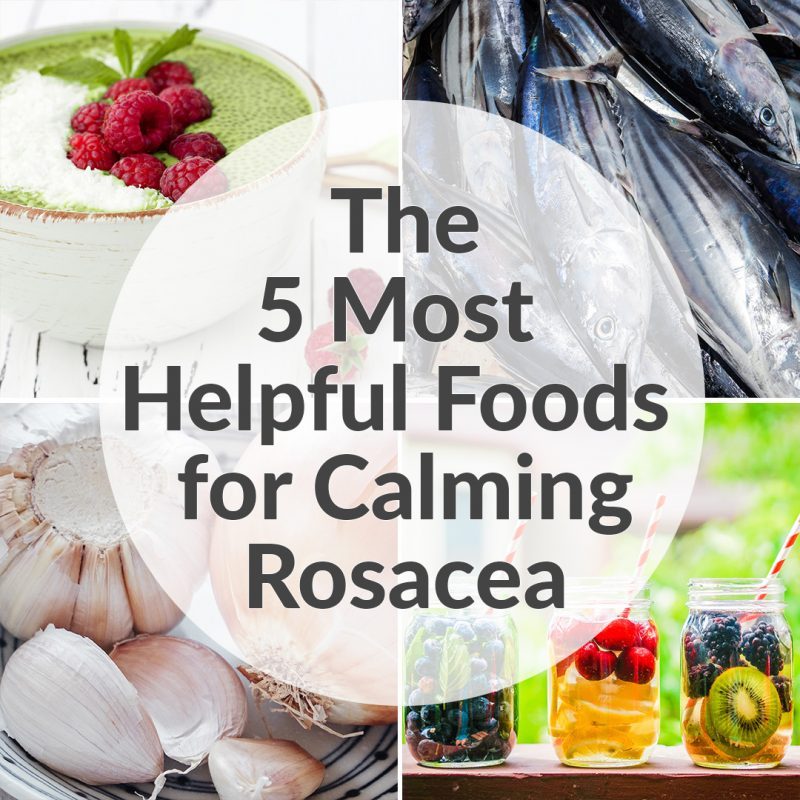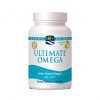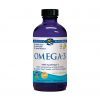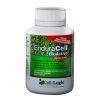What to Eat for Healthy Skin
The 5 Most Helpful Foods for Calming Rosacea Prone Skin
Rosacea is a complex and progressive condition.
There are still so many unknowns about the causes of rosacea… which makes knowing what foods are ‘good’ for rosacea prone skin more challenging.
(for more info on potential causes and triggers take a look at: Rosacea – Causes, Triggers & What You Can Do About It )
There’s a lot of information about triggers or foods that can lead to a flare up or make rosacea worse… but there’s limited information about foods that may be helpful for rosacea prone skin.
Which can be hard for those with rosacea… being told there are many foods you can’t eat and not being able to find much information on what foods might be helpful…
Helpful foods for rosacea prone skin:
- Contain all the nutrients, healthy fats, vitamins and minerals needed for healthy skin
- Have anti-inflammatory and antioxidant properties
- Support good gut health
- Are those that aren’t ‘trigger’ foods for you specifically (this can take trial and error to work out)
- Reduce the chance of flare ups

This list of helpful foods below, comes out of the currently available information and understanding about rosacea and the nutritional support that will be helpful …to give those with the rosacea some ideas on the extra foods they might want to include in their diet.
As with any dietary advice, please speak to your health professional to determine if this is the right step for you.
*It’s also important to note that some of the recommendations below may be part of your trigger food list… so it’s important to listen to your body and observe how it reacts to certain food groups.
What might ‘work’ or be ‘ok’ for one person with rosacea might not work for someone else with rosacea. If one of these foods is a trigger food for you, continue to avoid it.
Here are the 5 types of foods that can be most helpful for calming rosacea prone skin…
#1. Oily Fish

Oily fish are a great source of omega 3s and protein. Both of these are helpful for supporting skin’s barrier function.
Why can oily fish be helpful for Rosacea?
- People with rosacea are more likely to have a thinner or weakened skin barrier function. If we’re not getting enough omega-3 fatty acids, the skin’s barrier function can become even more weakened… leading to inflamed skin and increased risk of ‘flushing’ redness
- Taking in a balanced ratio of omega 3’s, 6’s and 9’s will have anti-inflammatory effects on the body and the skin. In rosacea, the immune system in the skin is ‘overexcitable’ so anti-inflammatory foods and supplements are super helpful
(Western diets with grains and vegetable oils tend to be higher in omega 6’s than 3’s – so extra omega 3’s will help to balance this) - In a study of rosacea patients with dry eye symptoms, there was a significant improvement in dry eyes when omega 3 supplements were taken for 6 months
- Oily fish is also a great source of protein for the body. Protein is essential for strong skin barrier health
- Increasing our intake of omega 3’s from oily fish may help with the balance of ‘good’ and ‘bad’ bacteria in the gut. And a happy gut equals happy skin
How can we eat more oily fish?
We’re talking about fresh oily fish, like:
- Salmon
- Sardines
- Herring
- Trout
- Snapper
- Ocean tuna
Try:
- Grilled Fish Tacos
- Salmon and sweet potato patties
- Grilling sardines on the BBQ with extra grilled veggies
- Getting the kids involved and have a at home fish and chips night
* Note: People with rosacea have a wide range of triggers, seafood and crustaceans might also be triggers for some people
(keeping a diary or journal of your flushes can help you work out what you might have eaten just before a flush. And discussing your journal entries with your team of practitioners can help you pin down your triggers)
** Some people with rosacea can have problems with excessive amounts of histamine in the body… so be mindful of the amounts of canned, smoked or marinated fish you eat as these naturally contain higher amounts of histamine.
*** There’s also some suggestion that some people with rosacea can be sensitive to nickel… which makes canned seafood a no go.
If you’re looking for high quality omega 3 fish oil and complete omega supplements, we’ve done the research for you and we like the Nordic Naturals Omega supplements. Check out our Ultimate Omega, Omega-3 Liquid and Complete Omega…
#2. ‘Cooling’ fruits and vegetables
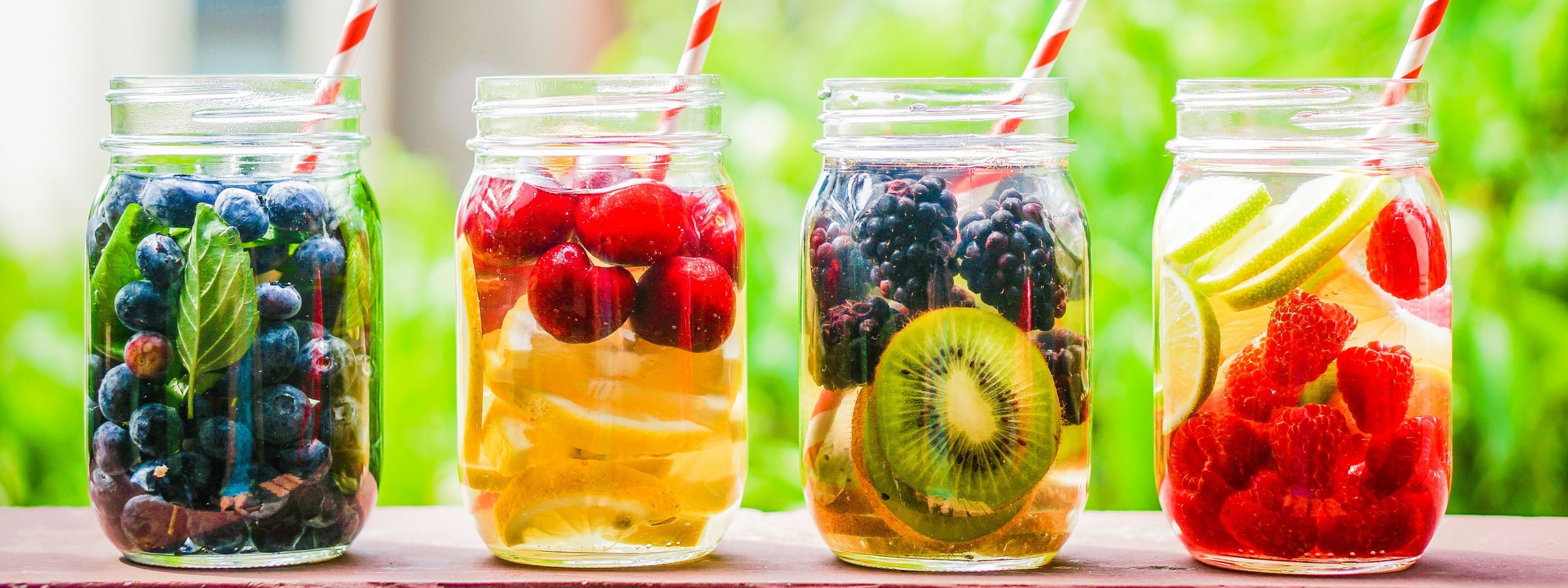
With rosacea, we want to avoid or reduce foods that ‘warm’ the body up… like chilli, curries or cinnamon.
Moving towards eating foods that have a more ‘cooling’ effect can help balance the ‘warming effect’
Why can ‘cooling’ fruits and veggies be helpful for rosacea?
- In traditional medicines, most foods have either cooling or warming characteristics. In rosacea, we want to avoid any excessive heat in the body.
So moving towards eating more ‘cooling’ foods will support cooling effects in the body - Fruits and veggies are generally packed full of amazing nutrients that support healthy skin… like antioxidants, Vitamin C, Vitamin A, Vitamin E, the B vitamins, zinc and fiber
- In rosacea, UV light stimulates oxidation in the skin leading to inflammation. Antioxidants in colourful fruits and veggies help to offset the levels of free radicals and other oxidative molecules in the skin and body
- Vitamin C is particularly important for the regulation of collagen in the skin by providing a supportive foundation. Collagen is essential in rosacea prone skin as it supports the structure of the skin barrier itself
How can we eat more ‘cooling’ fruits and veggies?
- ‘Cooling’ Fruits include: apples, figs, grapes, honeydew melon, pears, pomegranate, raspberries, strawberries, watermelon
- ‘Cooling’ Veggies include: asparagus, beetroot (roots and leaves), broccoli, cabbage, cauliflower, cucumber, green beans, kale, lettuce, zucchini
Try:
- Experimenting with fruit on top of your green salad, like sliced pear or figs or pomegranate
- Sautéing up some kale and cabbage in ghee with your morning eggs
- Snacking on summer fruits
- Making some homemade hummus and eating it with vegetable sticks for a snack
*Note: People with rosacea have a wide range of triggers, some of these fruits and vegetables might also be triggers for some people
** Balance is key. ONLY eating ‘cooling’ foods can have a negative impact on digestion.
If you’re looking for whole food Broccoli Sprout supplement, we’ve done the research for you and we like the Cell-Logic whole foods range of supplements. Check out our EnduraCell BioActive Broccoli Sprouts…
#3. Prebiotic Foods
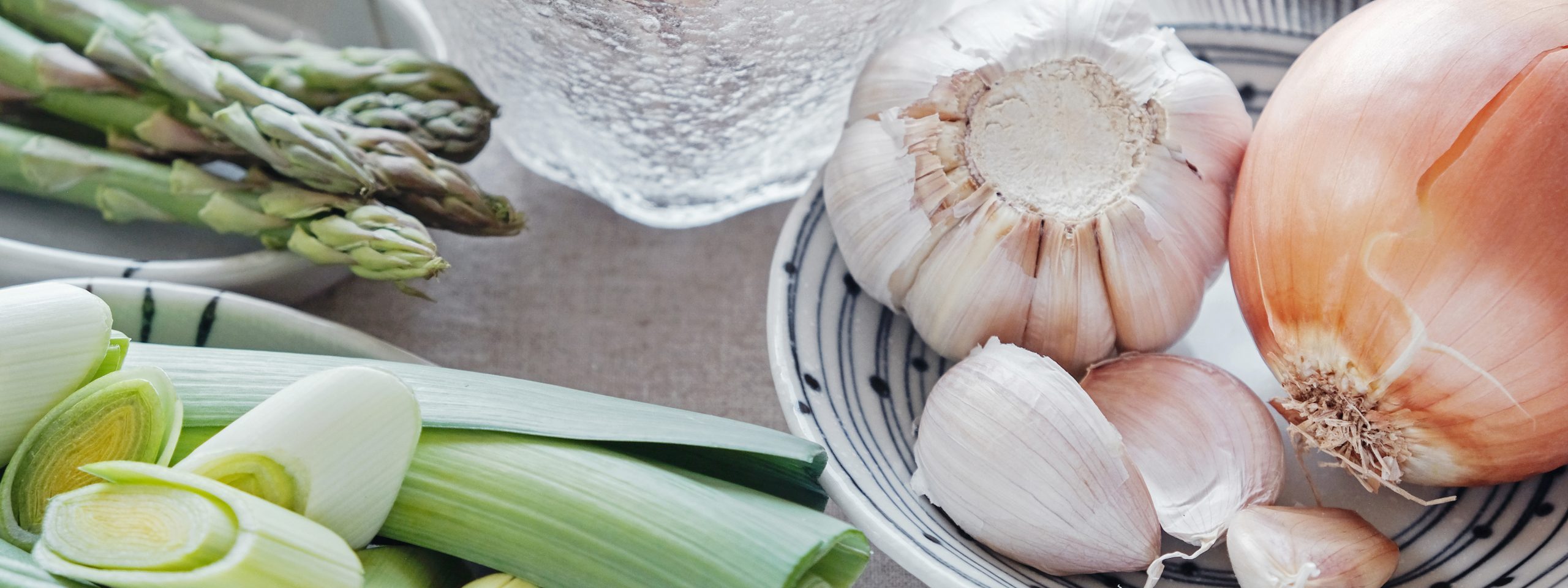
Prebiotics are certain types of dietary fibres that can feed the ‘good’ bacteria in our gut …and ‘prebiotic foods’ contain these fibres.
Why can prebiotic foods be helpful for rosacea?
- In some cases, an imbalance in the microorganisms that live in our gut and on our skin is thought to be a factor for rosacea
- Prebiotics are a food source for the beneficial bacteria in your gut. They’re also helpful for rebalancing the skin’s microbiome
- Eating a wide variety of dietary fibres will ‘feed the good’ and encourage the growth of a diverse and healthy gut microbiome. A happy gut equals happy skin
- Having good bacteria in the gut can help with the elimination of toxins and free radicals in the body that can otherwise damage skin and contribute to inflammation and oxidation (2 factors thought to contribute to rosacea symptoms)
How can we eat more prebiotic foods?
We’re talking about:
- Asparagus
- Artichokes
- Cauliflower
- Chickpeas
- Lentils
- Red onion
- Banana
- Dandelion greens
- Leeks
- Garlic
Try:
- Making a soup and including ingredients like: leeks, chickpeas and cauliflower
- Swapping a meat based meal with lentils, like lentil bolognese
- Egg and banana pancakes for brekkie
- Grilling asparagus spears and serving them as a side ‘green’
- Swapping ‘normal’ rice for cauliflower rice
- Making some homemade hummus or an artichoke dip and eating with vegetable sticks for a snack
*A reminder to listen to your body. Bananas for example are a great source of prebiotic fibre, but for some this can be one of their triggering foods.
#4. Green Tea
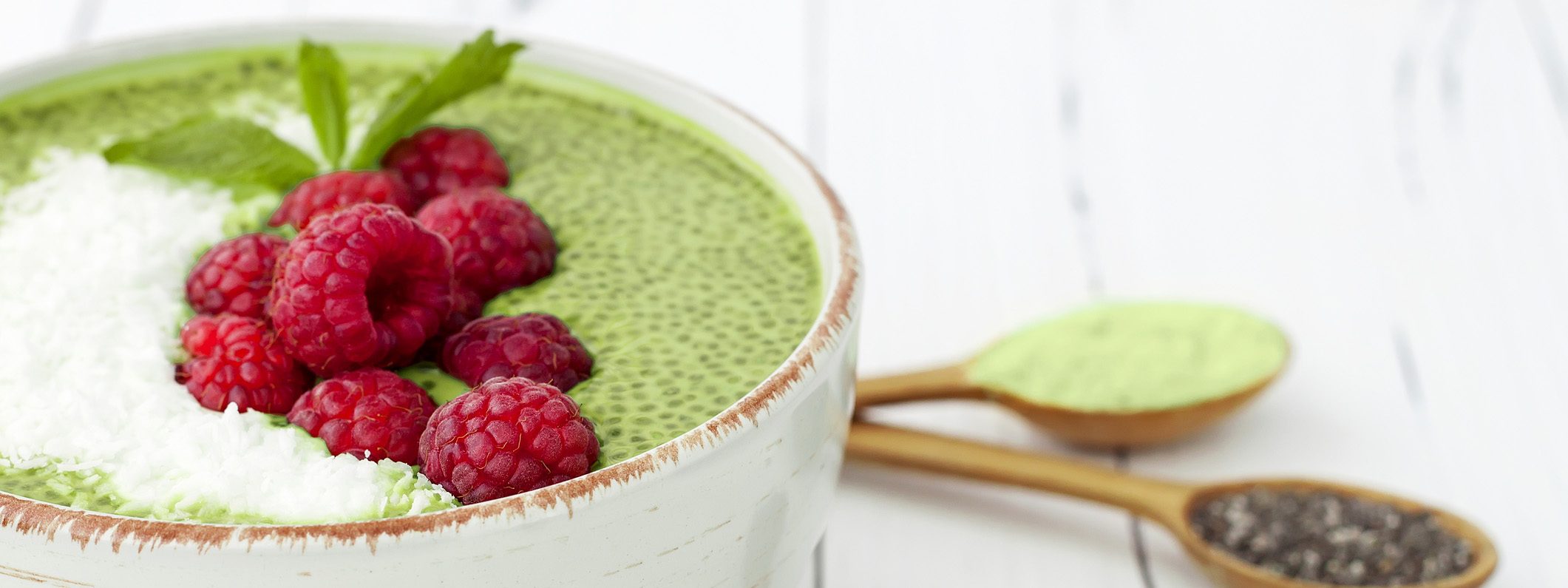
We’re talking about what’s ‘traditionally’ thought of as green tea as well as Matcha green tea. Green tea extract can also be prescribed in a therapeutic dose by a naturopath or herbalist.
Why can green tea be helpful for rosacea?
- Green tea contains antioxidants plus chlorophyll and other catechins and polyphenols that can help reduce inflammation and oxidation (2 factors thought to contribute to rosacea symptoms)
- EGCG (a powerful antioxidant in green tea) has been shown to inhibit UV damage. UV from sunlight is the single most aggravating factor for rosacea flare ups
- Chlorophyll (another antioxidant in green tea) helps support liver detoxification and has been shown to help reduce UV damage
- Green tea is a systemic antioxidant… meaning it helps to protect the body from oxidative stress injury
- Green tea can also be used topically in a cold compress or a face mask. There’s evidence to suggest this is helpful for reducing redness topically.
As with anything new, go carefully
How can we have more green tea?
Hot drinks are not recommended for those with rosacea as they can be a ‘warming’ trigger for a flush… so instead, choose green tea drinks that are lukewarm or wait for them to cool before drinking
Try:
- An iced green tea
- Adding a matcha latte into your morning routine. Traditional good quality matcha foams up really nicely
- Matcha makes an amazing food colouring. Make almost any food green with a bit of matcha – think ice-cream, ice blocks, chia pudding, smoothie bowl, pancakes, muffins, bliss balls
- A DIY matcha green tea face mask
If you’re looking for a good quality matcha green tea, we’ve done the research for you and we like Matcha Maiden. Check out our Matcha Green Tea Powder...
#5. Turmeric
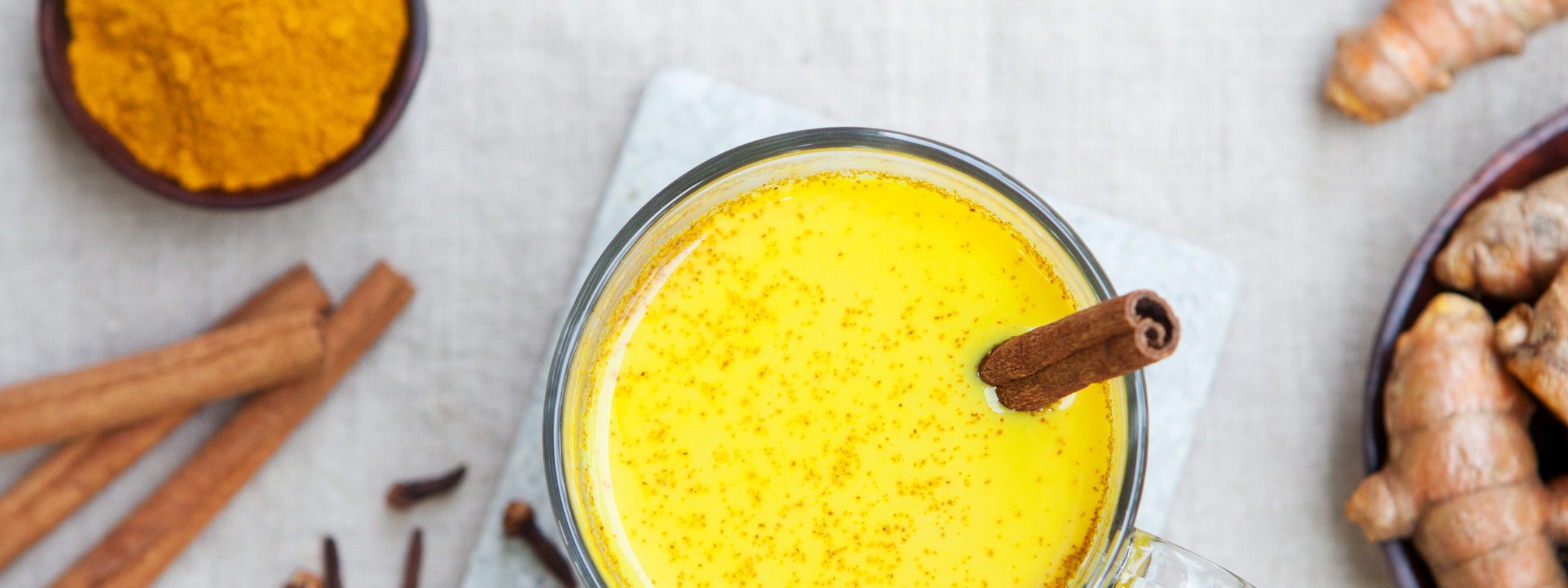
Think both fresh and dried turmeric root. Turmeric extract can also be prescribed in a therapeutic dose by a naturopath or herbalist.
Why can turmeric be helpful for rosacea?
- Turmeric is a potent anti-inflammatory and antioxidant. The anti-inflammatory and antioxidant properties of turmeric have been shown to be helpful for soothing and calming the symptoms of eczema, psoriasis, rosacea and other skin issues that have a basis in inflammation
- Even though turmeric is traditionally considered a warming spice (which wouldn’t normally be ideal for rosacea sufferers)… it’s anti-inflammatory properties seem to out weigh this – but it would be wise to pair the turmeric with some of the other cooling foods to balance the meal
- Turmeric contains curcumin, a powerful anti-inflammatory antioxidant which helps to boost the activity of the body’s own antioxidant enzyme, glutathione
How can we eat more turmeric?
The easiest way I’ve found to increase turmeric in my diet is by making a turmeric paste that I keep in my fridge. Then I just use a 1/2 -1 tsp as I need.
Try:
- A lukewarm turmeric latte
- Adding turmeric paste into a hummus recipe
- Adding turmeric to flavour soups and stews
- Adding a bit of turmeric into your green smoothie or juice
* Remember it would be wise to pair turmeric with other ‘cooling’ foods to help balance any ‘warming’ effects from the turmeric.
If you’re looking for a good quality turmeric latte or smoothie powder, we’ve done the research for you and we like Golden Grind. Check out our Turmeric Latte and Smoothie Blends…
There’s still a lot to learn about rosacea and how food can play a supportive role for this confusing and frustrating condition…
But, by eating a well balanced diet that includes:
- A variety of colourful, anti-inflammatory fruit and vegetables
- Healthy fats
- Proteins
- Prebiotic and probiotic foods
You can give your skin a good foundation to build on and support it going forward.
Remember it’s also a good idea to build yourself a team of practitioners who specialise in skin and also in reducing inflammation, oxidation and stress.
Think about:
- a dermatologist (for diagnosis and medicated prescriptions),
- a corneotherapist (for diagnosis and to help support skin’s barrier function) and
- a naturopath (for strategies and herbal prescriptions to reduce inflammation, oxidation and immune responsiveness)
Wishing you silky smooth skin!

